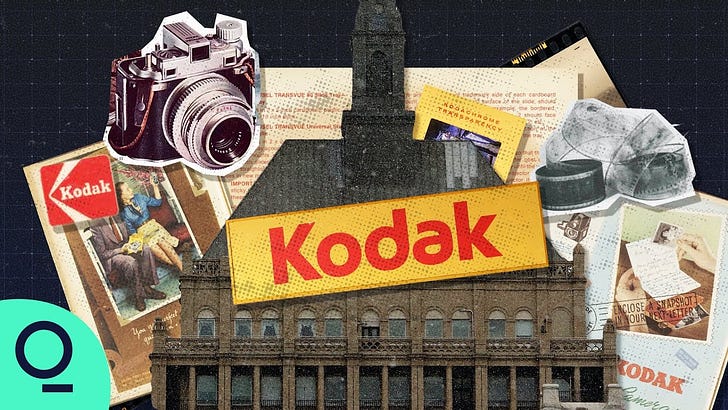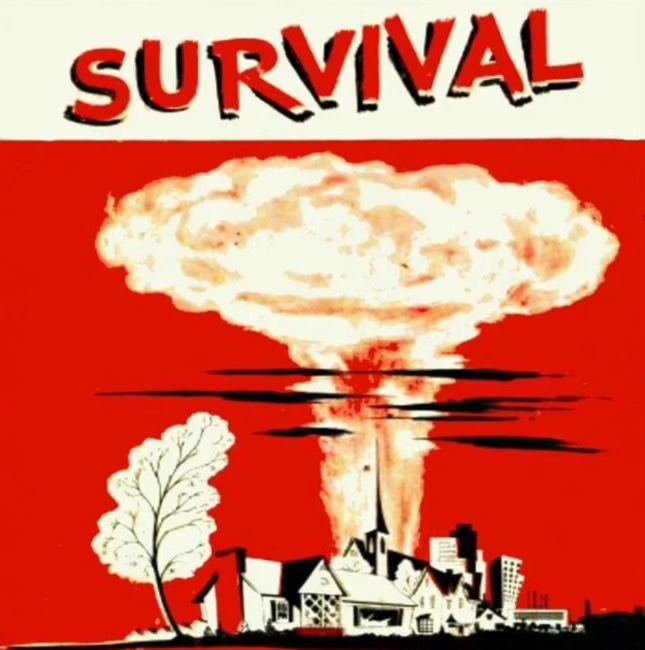Kodak’s New “Focus” – Tapping a Billion-Dollar Surplus
A Wealth Builder that turned into a Wealth Killer ...
Eastman Kodak Co. (KODK) is back in the headlines again – this time for a financial-management coup that saw its internal pension team transform a $255 million shortfall into a $1.2 billion surplus.
The team did such a good job, in fact, that they put themselves out of work.
It’s the first “sorta/kinda” positive headline from Kodak in a very long time.
As I well know.
A few years back, when Bloomberg Originals took an investigative look at Kodak’s demise, the financial news group tapped me as one of the expert sources and interviewed me for The Rise and Fall … and Rise of Kodak.
I’d covered Kodak as a business reporter back in the middle 1990s, when the photo giant was still big enough to rank in the upper part of the Fortune 500.
But its business was already slipping.
It was still an iconic brand – one with a sentimental feel for millions of Americans, who cherished special memories via the snapshots and slides that Kodak’s films, cameras and processing made possible. But the slide was several decades in the making.
This story relates directly to our core belief here: Investors are either Wealth Builders or Wealth Killers — and the same is true of the investment-candidate companies we peruse.
And companies — like people — can change.
For generations after its founding by George Eastman, the Rochester, N.Y.-based Kodak was a Wealth Builder … for its founder … for its shareholders … for its employees … and for the Rochester community at large.
Kodak’s growth through the years made lots of folks rich — creating an “Old Money” foundation that helped make Rochester great. The jobs did the same thing — especially in Rochester, where at its peak the company employed about 60,000 people. Fathers would work there … then their sons or daughters … and then their sons or daughters. Kodak’s yearly “wage dividend” — established in 1912 by Eastman himself — was a Greater Rochester “event” that injected millions of dollars directly into the local economy. In 1989, for instance, the company paid out $239 million to its 85,000 global workers — and $158 million of that went to workers in the Rochester area. Auto dealers and other retailers viewed “Bonus Day” as another holiday shopping season.
“Kodak wealth” built schools, museums and hospitals. It helped forge a full local industry of “wealth managers” to invest the wealth that the photo giant created.
But then the company lost its way, and turned from Wealth Builder to Wealth Killer.
As late as 1976, Kodak controlled 90% of the U.S. market for film and 85% for cameras. And its market share abroad was, at least, 50%.
By 1995, when I took over the Kodak “beat” for Gannett Newspapers in Upstate New York, that U.S. market share was down to about 60%. Japanese rival Fuji Photo Film Co. Ltd., had done a lot of the damage itself, and even had a state-of-the-art factory in Greenwood, S.C.
Fuji wasn’t even the biggest threat. By that point, digital cameras were coming online – which, on its face, should have been a good thing, since Kodak invented that digital-picture-taking technology. But it ended up being not so good – since the digital-imaging revolution meant a slew of new companies would be taking aim at Kodak, introducing a pace of change that would challenge the Rochester, N.Y.-based film giant’s stultifying culture.
Kodak became a national business story – and my Gannett colleagues and I won the nation’s top business journalism award for our work telling that tale. It was a journey that took me to Wall Street (many times), Hollywood, Silicon Valley, Japan and Mainland China.
The last story I broke – days before the company could announce it to Wall Street in New York – was a $1 billion cost-cutting plan that would include 10,000 job cuts. I left Gannett, and the Kodak beat, in 1998.
I watched from afar as the sledding just got tougher for the company once known as “The Big Yellow Box” – a sentimental reference to the brightly colored boxes that held its rolls of film. The company that had once been worth more $20 billion had fallen to about $140 million when it filed for bankruptcy in 2012.
And in an epitaph-style news story, Forbes magazine opined that “there are few corporate blunders as staggering as Kodak’s missed opportunities in digital photography, a technology that it invented. This strategic failure was the direct cause of Kodak’s decades-long decline as digital photography destroyed its film-based business model.”
In short, Kodak invented the very technology that killed it. But it did so knowing it had a decade to get ready for that technological disruption.
It just didn’t … for a lot of reasons.
Following the bankruptcy, a multi-year run mining patents it wasn’t able to commercialize was followed by controversial (and unsuccessful) dalliances with cryptocurrencies and COVID-19 vaccines.
That brings us back to the most-recent headlines – and the overfunded pension.
Kodak’s treasury team pulled off that swing from red to black – thanks to moves into private equity and hedge funds. Now the company is exploring a “pension reversion” strategy under which it’s able to unlock those surpluses and use them for things like debt reductions and growth forays.
That’s a “good” headline – at least compared with what we’ve been used to over the past 30 years. But “investing” isn’t Kodak’s core business. And it hasn’t shown itself particularly adept at identifying — and capitalizing on — the new opportunities that come its way.
The company’s edge was squandered years ago – as evidenced by a current market value that’s down around $394 million — a fraction of what Kodak was worth at its peak.
That’s what happens when Wealth Builders stumble … and become Wealth Killers.
And it’s why I shared my “Kodak Moment” tale.
Here at Stock Picker’s Corner (SPC), we’ll help you find and invest in the former … and identify and avoid the latter …







